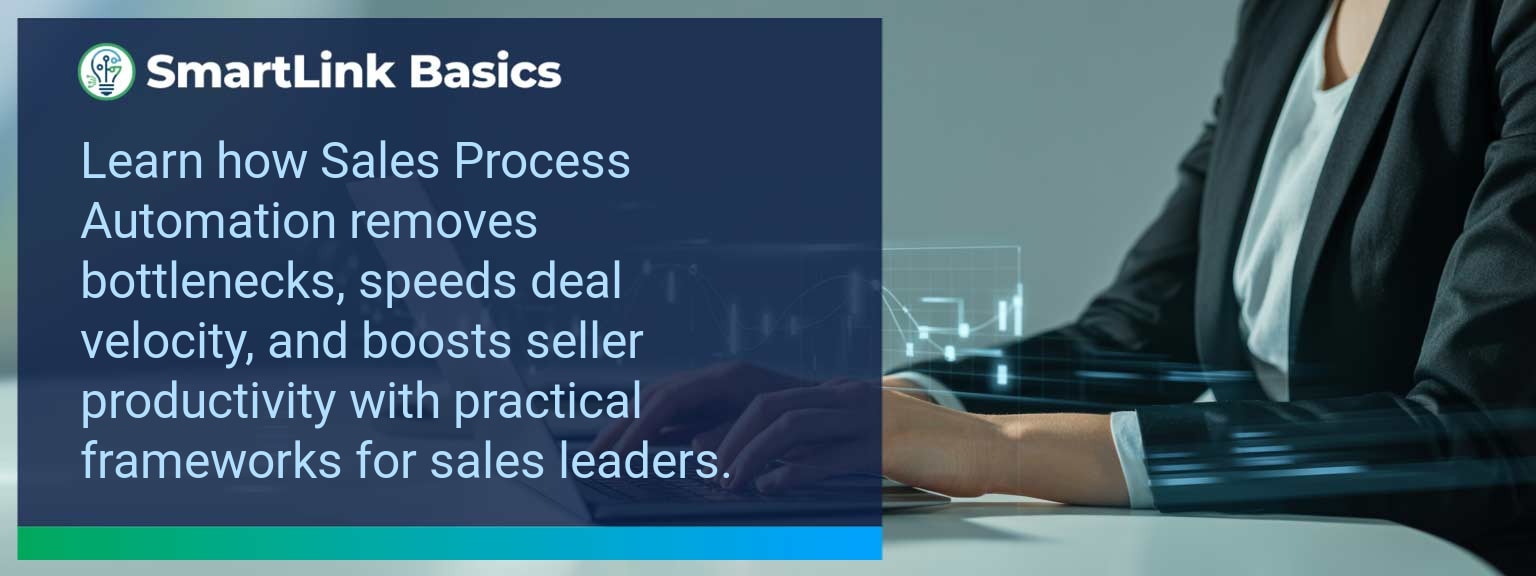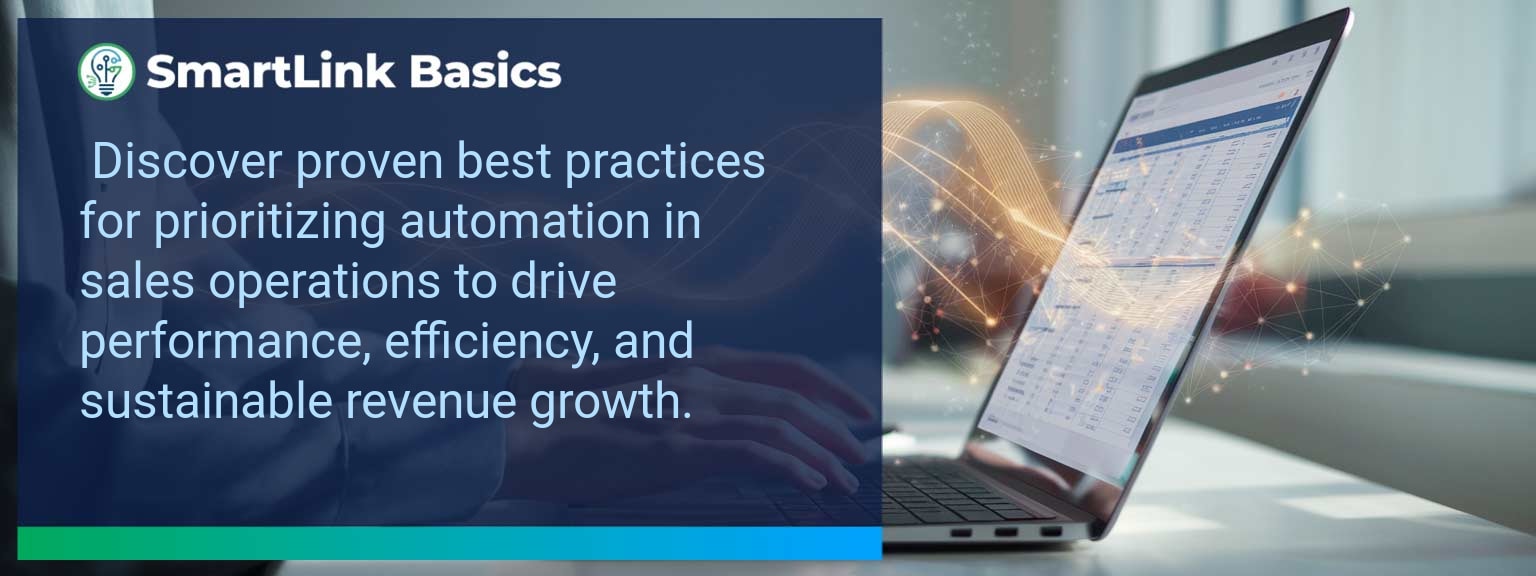McKinsey research shows that companies leveraging automation effectively can reduce operational costs by up to 30% while accelerating decision cycles. For sales leaders, deployment speed is now as critical as platform stability. At SmartLink Basics, we’ve seen organizations unlock efficiency within weeks when they select the right no-code automation framework from the start. The challenge is not access—low-code tools and workflow automation platforms are abundant—but knowing which solution best aligns with your business model, tech stack, and revenue strategy. In this guide, you’ll learn what drives platform success, how to avoid common missteps, and which capabilities deliver measurable improvements in sales execution.
- Define business requirements before evaluating vendors
- Prioritize scalability, security, and integration depth
- Test platforms with a controlled pilot
- Assess vendor roadmap for innovation alignment
- Measure impact using pre-set operational metrics
What Changed and Why No-Code Automation Matters Now
No-code automation has shifted from being a niche tool for tech-savvy teams to a core enabler of sales and operations. Drag-and-drop app builders and business process automation frameworks now let sales teams deploy digital transformation tools without heavy IT dependency. The rise of AI-driven SaaS automation solutions has intensified competition, making speed-to-market a decisive advantage. For example, a B2B SaaS firm that rebuilt its partner onboarding in a no-code workflow reduced cycle time from 10 days to 2. The critical insight is that automation works best when aligned with strategic goals rather than retrofitted into outdated processes.Redesigning the Revenue Operating System with No-Code Automation
Optimizing your revenue system using no-code automation requires rethinking processes at four levels: ICP, Segmentation, and Targeting: Automation platforms can dynamically score leads and update segment definitions in real time, ensuring sales teams focus where conversion likelihood is highest. Pipeline Architecture: A well-configured no-code workflow ensures every deal stage triggers the right actions, from task reminders to leadership alerts. Plays and Messaging: Integrating low-code tools with CRM can automate personalized outreach sequences based on buyer intent signals. Operating Cadence: Automation platforms can schedule, track, and report on pipeline reviews to prevent bottlenecks.Common Pitfalls In Platform Selection
One frequent error is prioritizing interface design over integration depth. While simplicity matters, the inability to connect with your CRM or analytics suite can create costly data silos. Another common trap is underestimating the importance of role-based permissions and process governance in high-velocity sales environments. Consider a sales team that adopted an attractive drag-and-drop app builder without API extensibility—within six months, manual data exports halted adoption. Avoid such setbacks by auditing integration and security as part of your platform comparison. Always pair vendor demos with technical validation against your architecture map.Key Factors For Making The Best Choice
Effective selection starts with identifying your highest-friction workflows. For revenue teams, this often includes lead routing, pipeline visibility, or follow-up task compliance. Once identified, map them against the capabilities of shortlisted automation platforms. Evaluate solutions for scalability, security, and total cost of ownership. For example, when a regional sales organization piloted a no-code workflow automation solution for lead routing, they saved 10 hours per week in manual processing per rep. The takeaway: ensure platform evaluation includes scenario-based testing under real workload conditions.How The Right Platform Drives Efficiency
When integrated deliberately, no-code automation platforms can compress cycle times, increase data accuracy, and enable managers to reallocate time from admin work to revenue coaching. A fully optimized no-code workflow can eliminate redundant approvals, automate reporting, and push real-time insights to reps. One enterprise reduced quote-to-close time by 18% in just one quarter by harmonizing its CRM with a low-code process automation layer. For sustained gains, track both leading and lagging indicators to confirm real adoption and measurable ROI.Emerging Trends In Automation Tools
AI-enhanced no-code platforms now offer predictive automation, where workflows adapt based on sales performance data. Integration marketplaces are expanding, enabling connections between hundreds of SaaS automation tools without custom code. For sales leaders, the next wave includes embedded AI coaching prompts and self-optimizing workflows. Decision-makers should monitor vendor roadmaps to ensure continuous innovation aligns with their strategic trajectory.Metrics That Matter
| Category | Metric | Definition | Target |
|---|---|---|---|
| Leading | Automated Workflow Adoption | % of defined processes executed through automation tools | 85%+ |
| Leading | Integration Success Rate | % of connected systems functioning without manual intervention | 95%+ |
| Lagging | Cycle Time Reduction | Average % decrease in lead-to-close or approval time | 15%+ |
| Lagging | Revenue Impact | % lift in closed-won revenue attributable to automation | 10%+ |
| Quality | Data Accuracy Rate | % of CRM or sales data free from manual entry errors | 98%+ |
| Quality | User Satisfaction Score | Average rating of platform usability by sales reps | ≥ 4.2/5 |
Get the 90-day plan, coaching rubric, and dashboard template to operationalize AI in your enablement program.









